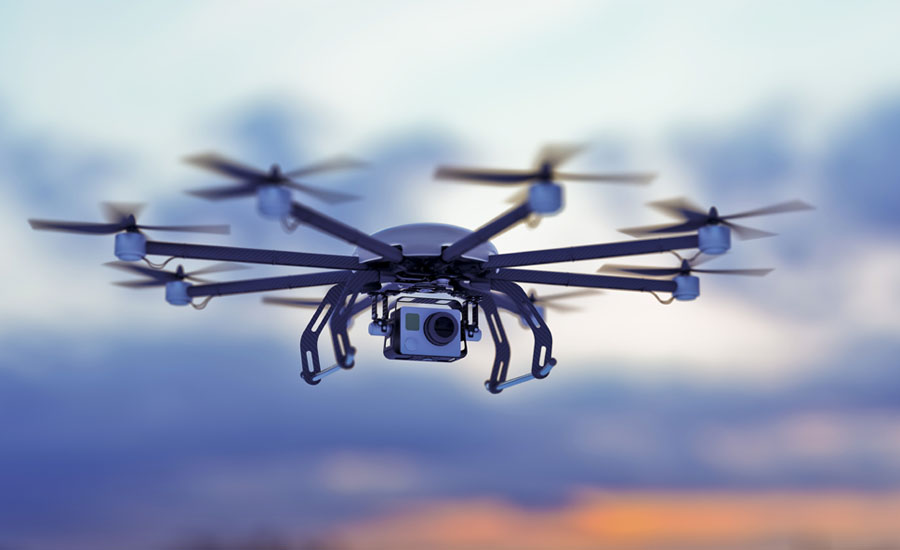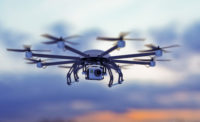If a drone were to strike someone on the ground, could that individual suffer serious injuries?
The rapidly growing drone industry has sparked a spate of studies by a consortium of leading universities that are aimed at answering that question and improving our understanding of the risks of allowing small unmanned aircraft – or drones – to fly over people.
Who
The consortium that conducted the research includes the University of Alabama-Huntsville; Embry-Riddle Aeronautical University; Mississippi State University; and the University of Kansas, through the Alliance for System Safety of UAS through Research Excellence (ASSURE). ASSURE represents 23 of the world's leading research institutions and 100 leading industry and government partners. It began the research in September 2015.
What
The research team reviewed techniques used to assess blunt force trauma, penetration injuries and lacerations – the most significant threats to people on the ground. The team classified collision severity by identifying hazardous drone features, such as unprotected rotors.
How
The group also reviewed more than 300 publications from the automotive industry and consumer battery market, as well as toy standards and the Association for Unmanned Vehicle Systems International (AUVSI) database. Finally, the team conducted crash tests, dynamic modeling, and analyses related to kinetic energy, energy transfer, and crash dynamics.
When the studies were complete, personnel from NASA, the Department of Defense, FAA chief scientists, and other subject matter experts conducted a strenuous peer review of the findings.
Injury potential
The studies identified three dominant injury types applicable to small drones:
- Blunt force trauma – the most significant contributor to fatalities
- Lacerations – blade guards required for flight over people
- Penetration injuries – difficult to apply consistently as a standard
The research showed multi-rotor drones fall more slowly than the same mass of metal due to higher drag on the drone. Unlike most drones, wood and metal debris do not deform and transfer most of their energy to whatever they hit. Also, the lithium batteries that power many small drones need a unique standard to ensure safety.
The team recommended continued research to refine the metrics developed. The team members suggested developing a simplified test method to characterize potential injury, and validating a proposed standard and models using potential injury severity test data.
The second phase of ASSURE’s research is set to begin in June 2017, and will examine the risks of collisions with aircraft.
The report on the ASSURE research and two video files are available here:http://pr.cirlot.com/faa-and-assure-announce-results-of-ground-collision-study/





